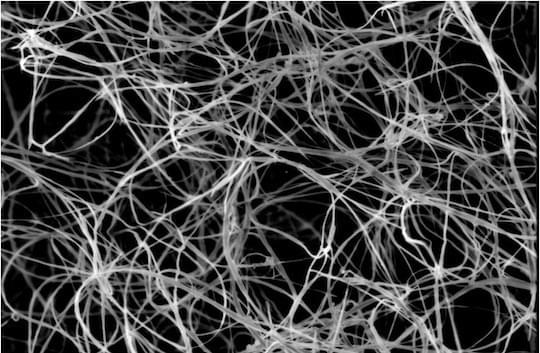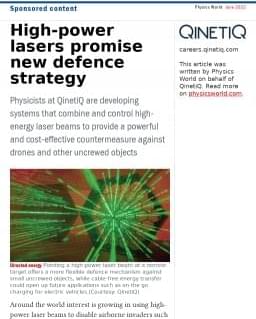Jun 28, 2022
Senator Joe Lieberman — Leading Bipartisan Moonshots For Health, National Security And Government
Posted by Ira S. Pastor in categories: biotech/medical, business, cybercrime/malcode, energy, government, health, law, policy
Leading bipartisan moonshots for health, national security & functional government — senator joe lieberman, bipartisan commission on biodefense, no labels, and the centre for responsible leadership.
Senator Joe Lieberman, is senior counsel at the law firm of Kasowitz Benson Torres (https://www.kasowitz.com/people/joseph-i-lieberman) where he currently advises clients on a wide range of issues, including homeland and national security, defense, health, energy, environmental policy, intellectual property matters, as well as international expansion initiatives and business plans.

















